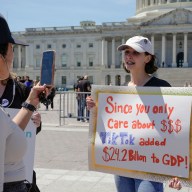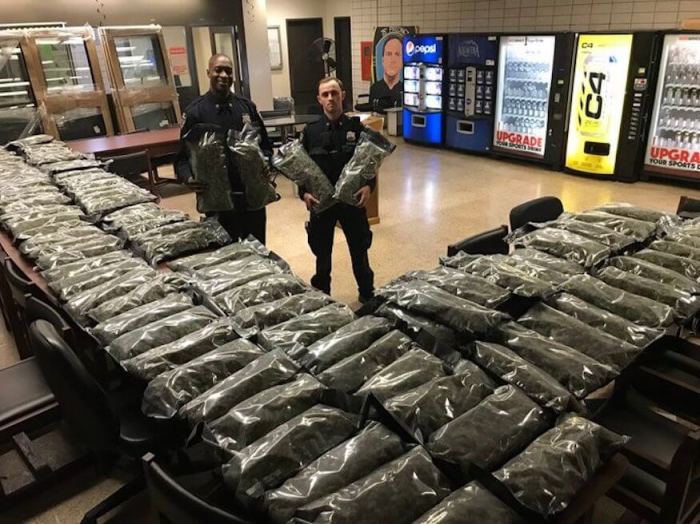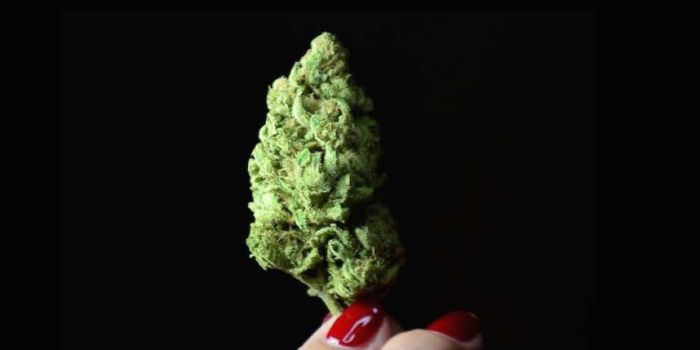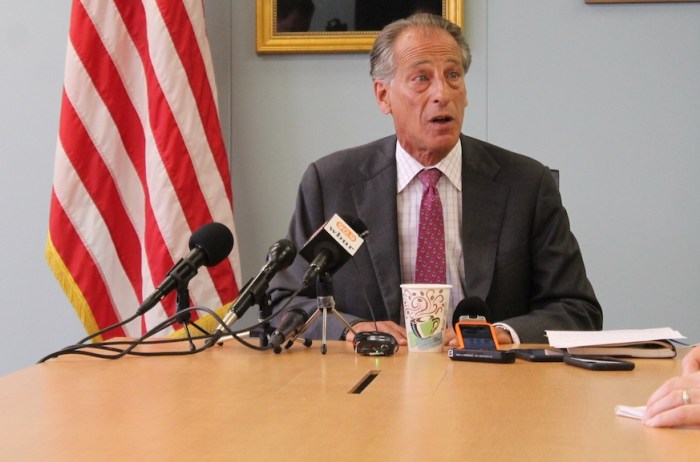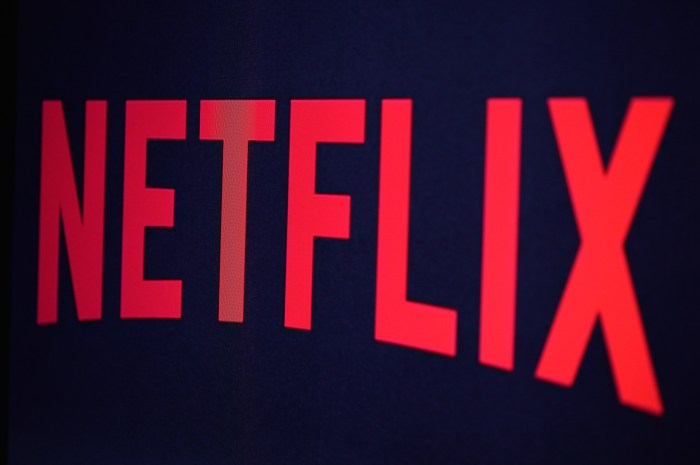With the New York State Department of Health expected to select the five organizations allowed to manufacture and dispense medical marijuana before July is up, questions on how patients with cancer, Parkinson’s disease and chronic pain will afford their “medicine” is emerging. Compassionate Care Centers of New Yorkis one of the 43 businesses that have applied for a New York State medical marijuana license. The state’s Compassionate Care Act allows up to five businesses to operate up to four facilities each in the state. The company recently announced their intentions to start a charitable program that, if approved by the state health department, would pay for out-of-pocket expenses for medical marijuana patients with incomes between 139-400 percent of the federal poverty level. The 2015 federal poverty level is $14,720 for a single person, which means New Yorkers making between $20,460 and $58,880 could qualify.
“We believe this is setting a precedent for indigent people in every state,” said Rev. Jacques DeGraff, a CCCNY board member, adding the access is necessary because insurance companies and government healthcaredo not cover medical marijuana. “The reality is, we’re not giving anybody pot,” DeGraff said. “We’re giving them benefits … the notion that people with cancer are sitting around smoking a joint is part of the public’s misinformation.” New York’s law prevents the use of medical marijuana in “flower” form, and only allowsnon-smokeable forms including oils, edibles and vapors. Prices are set by the state health department, and CCCNY said they don’t know yet how much their oils will cost patients. Kris Krane, a marijuana consultant and former associate directior of the National Organization to Reform Marijuana Law, said patients roughly pay about $70 to $80 per visit to medical marijuana dispensaries, two to three times per month. “What these guys are doing is not unique,” Krane said of CCCNY’s pledge to low-income patients.
Krane dispensaries in California, such as Oakland’s Harborside Health Center, allow low-income patients to earn vouchers for free marijuana by doing volunteerwork. “The irony is that people who are seriously ill, or have a debilitating illness or injury are more likely to be on a fixed income than their healthier counterparts,” Krane said.
Krane said as New York gears up to start offering medical marijuana, access is going to be just as important as affordability.
“It’s a problematic program in general,” Krane said. “Patients who don’t live in a major or second-tier city like Binghampton could possibly have to drive an hour away to find an access point, and they might not have [the strain] you need … it’s not going to be a great program for patients.” RELATED: How the budding weed industry could generate $2 billion for New York’s economy RELATED: NYPD to issue summons instead of arrests for small amounts of pot
How low-income New Yorkers will pay for medical marijuana
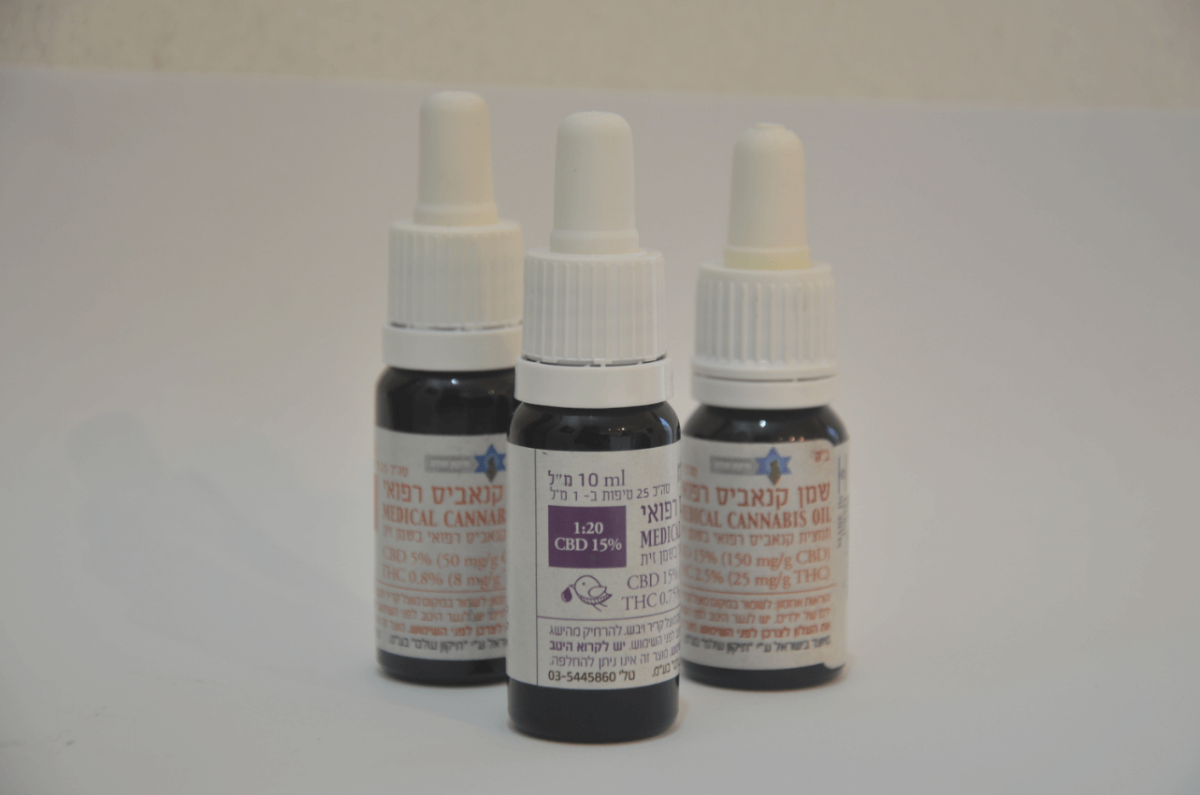
Provided







